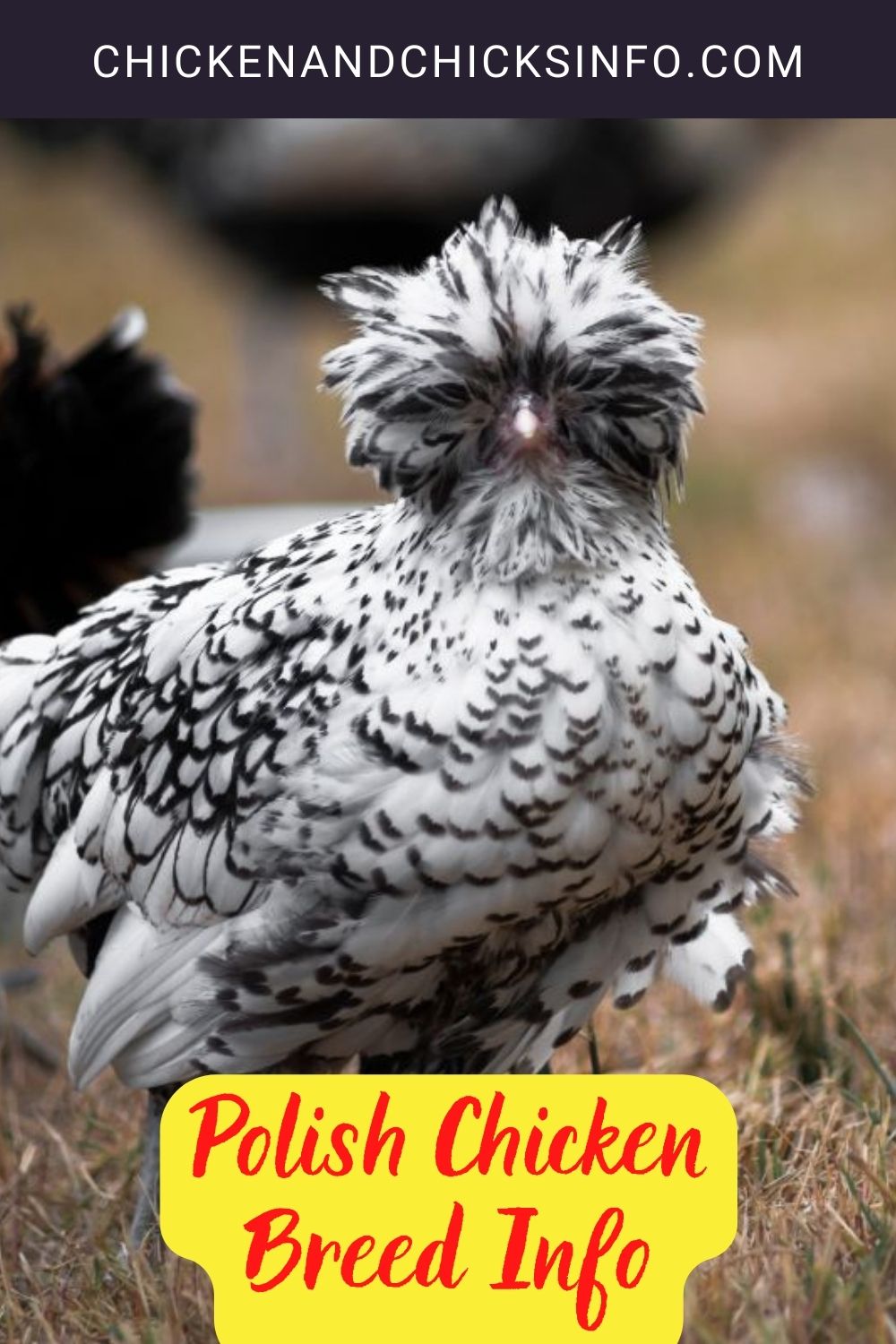The Polish chicken is a European breed. They are popular because of their unique, regal crests (the feathers on top of their head) and energetic strut.
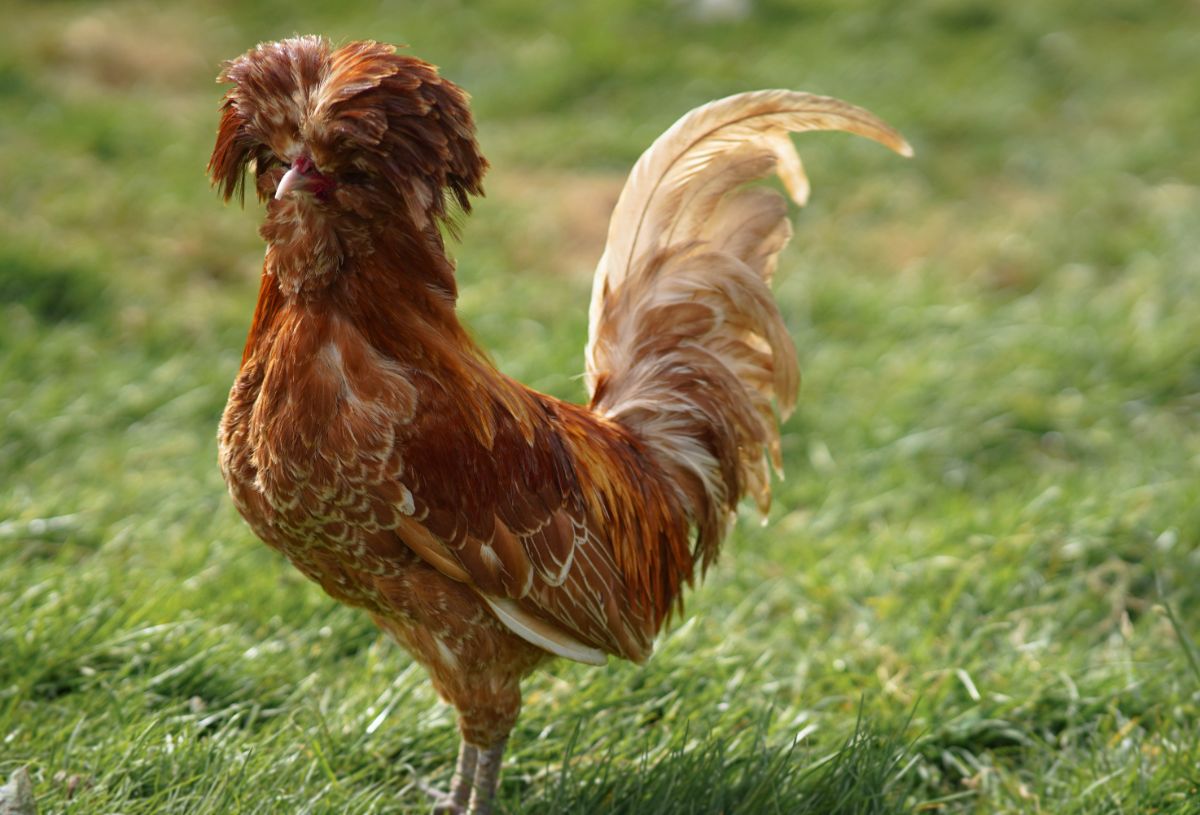
This breed is similar to Leghorns when it comes to body size and type.
Polish chickens come in two varieties - bearded and non-bearded. Some hatcheries will list them separately, while others will include both in the same order. But be sure to check with your hatchery before ordering chicks.
Polish hens are productive white egg layers. They tend to start laying a bit late in the season but continue laying persistently once they start.
Jump to:
How to Buy Online Polish Chickens

Silver Laced Polish Chicks As low as: $4.40 - Read reviews
Blue Polish Chicks As low as: $4.40 - Read reviews
Buff Laced Polish Chicks As low as: $4.40 - Read reviews
White Polish Chicks As low as: $4.40 - Read reviews
Splash Polish Chicks As low as: $4.40 - Read reviews
White Crested Black Polish Chicks As low as: $4.40 - Read reviews
Tolbunt Polish Chicks As low as: $24.95 - Read reviews
Golden Laced Polish Chicks As low as: $4.40 - Read reviews
Polish Chicken Breed Quick Info
Polish Chicken Description
| Polish Type/Size: | Standard |
| Feather Color: | Varies |
| Leg Type: | Clean |
| Leg Color: | Slate/Blue |
| Skin Color: | White |
| Polish Ease of Raising/Keeping: | Medium |
| Polish Special Care Needs: | Yes |
| Is the Polish breed a common, rare, or protected breed of chicken? | Rare, “watch” status |
Polish Use
| Meat | No |
| Eggs | Yes |
| Dual Purpose | No |
| Polish Temperament: | Gentle, docile |
| Polish Ability/Likelihood to Free Range: | No |
Polish Egg Production
| Egg Color | White |
| Egg Size | Medium |
| Estimated Number of Eggs Per Year | 150 |
| Likeliness to Brood Eggs/Raise Chicks | Low |
Polish Meat Production
| Dressed Weight Male | N/A |
| Dressed Weight Female | N/A |
Polish Climate Tolerance
| Heat | Excellent |
| Cold | Poor |
Polish Age to Maturity
| Number of Months to Reach Full Size | 5 Months |
| Number of Months to Start Egg Laying | 5 Months |
| Number of Weeks/Months to Reach Meat Harvest Size | N/A |
Polish Size at Maturity
| Male | 6 lbs. |
| Female | 4 ½ lbs. |
Origins of the Polish Chicken
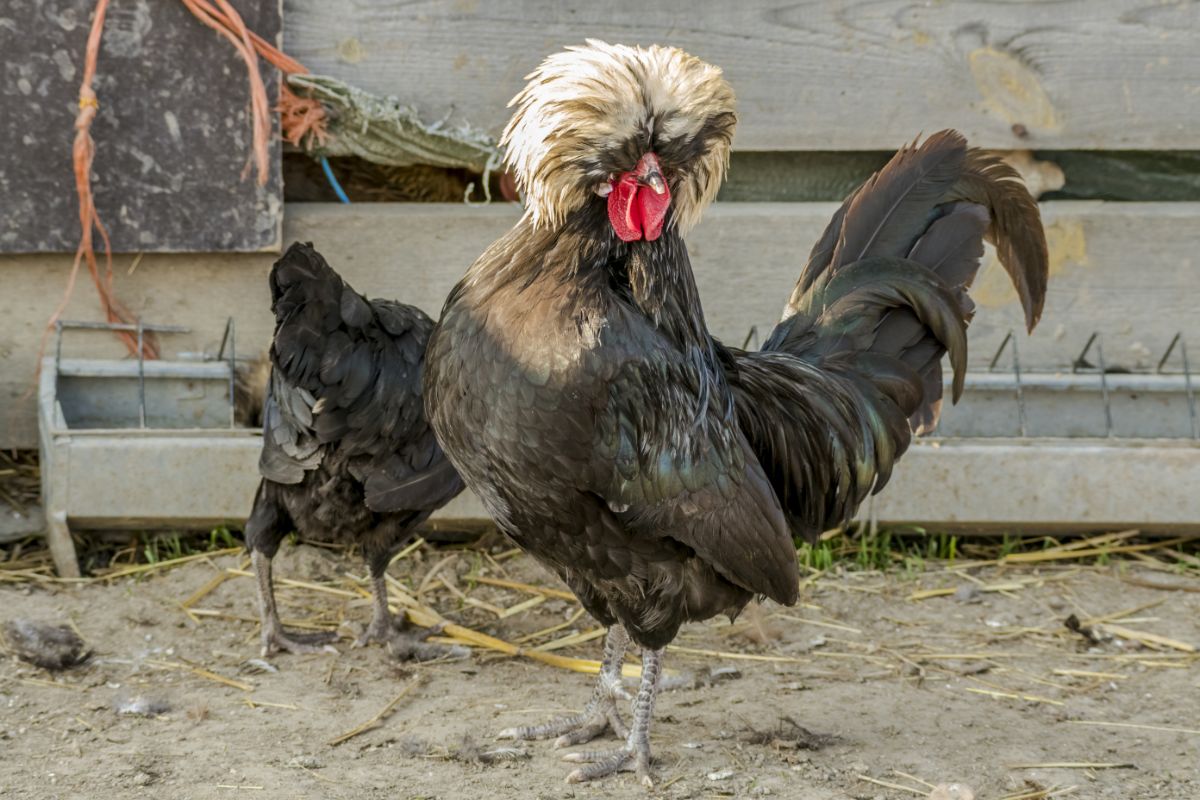
While the exact history of this breed is unknown, Polish chickens can be seen in Dutch and Italian paintings as far back as the 15th century.
One theory is that ancestors of the breeds were brought to Eastern and Central Europe by the Asian Mongols during the Middle Ages. This would mean they originated in Poland.
Another theory is that they were brought to Holland by Spaniards in the late 16th century.
Either way, it was the Dutch who developed the breeds, including their color patterns and beloved crests, in the 18th century.
Polish chicken breed was soon popular in England and France for egg production. They arrived in the United States in the early- to the mid-19th century and quickly became widespread.
Some Things to Know About the Polish Chicken
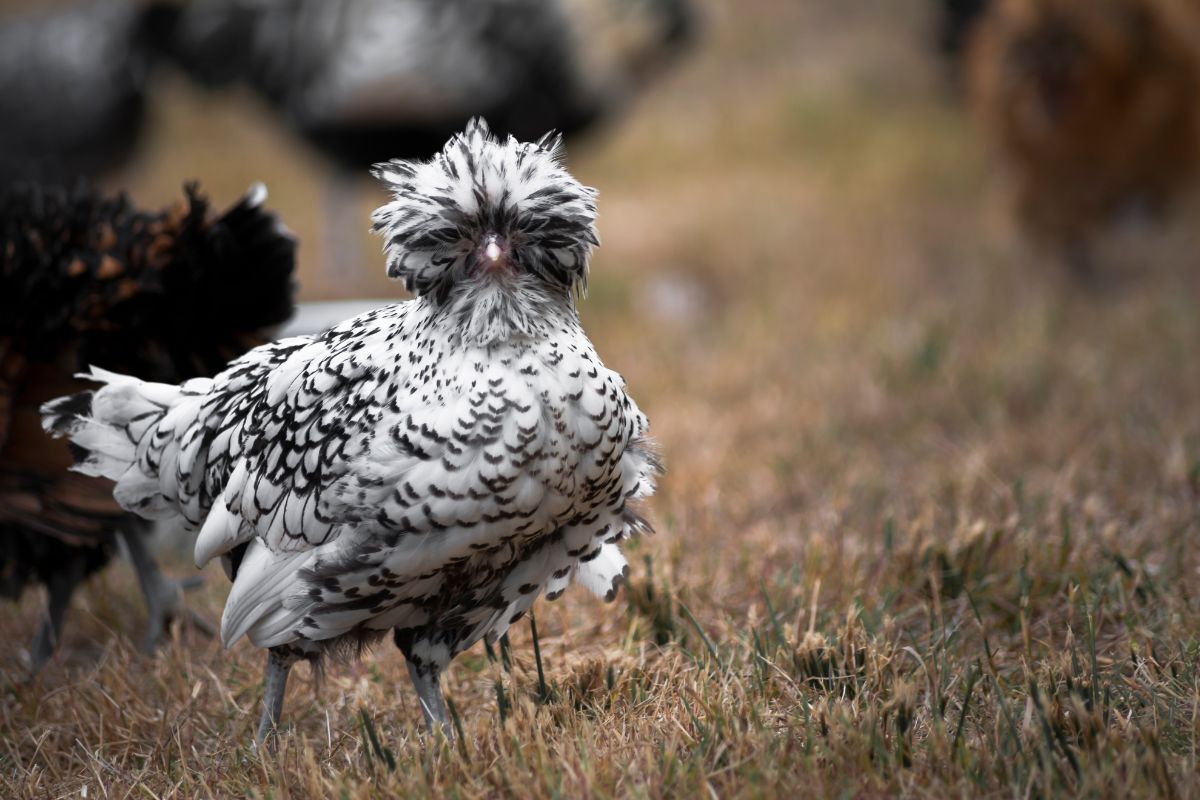
This breed comes in several varieties, each with different colored plumage. These include buff, silver, black, blue, and golden. The buff variety has golden feathers laced with white, with blue legs and white skin.
Each chicken proudly wears a plume of feathers on the top of their head called a crest. Roosters have a red V-shaped comb that may be hidden by these feathers.
They have white earlobes and wattles with large nostrils. Some types may be bearded, which means they have feathers growing under their chin and around their face.
How Easy is it to Keep Polish Chickens?
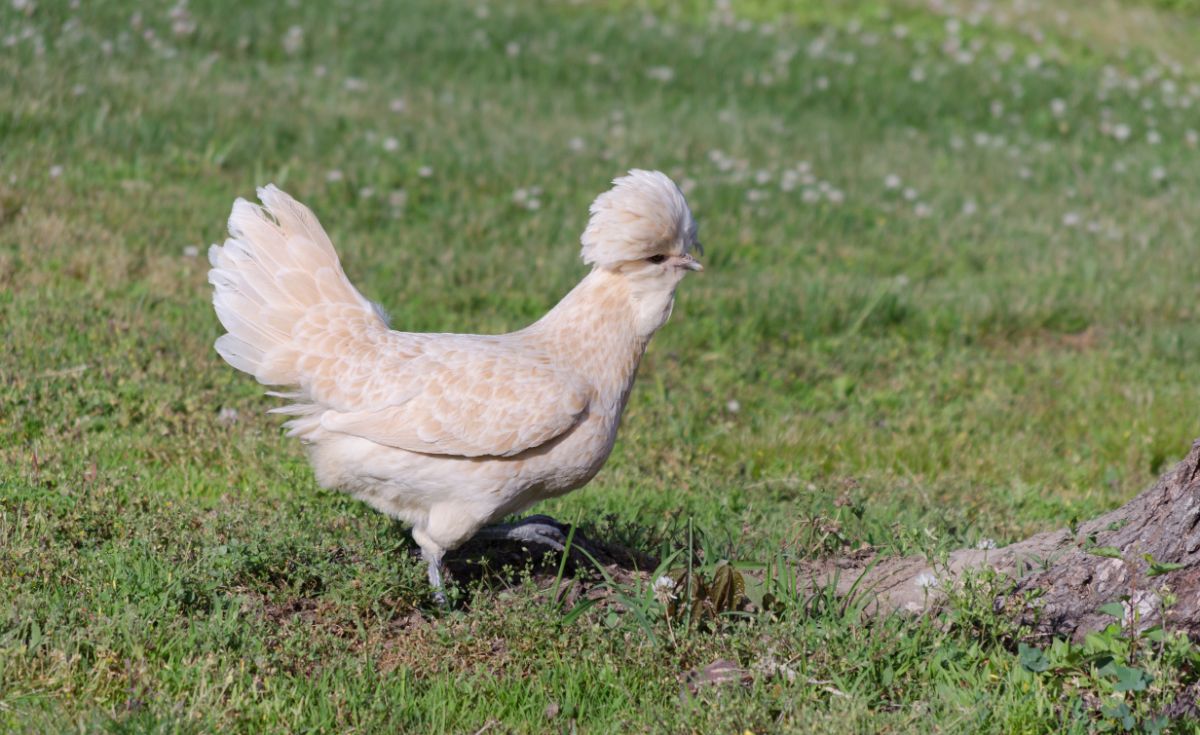
Polish chickens are moderately easy to care for. They are gentle, docile creatures, but there are a few precautions you should take when caring for them (these will be covered in the next section).
Polish hens will rarely go broody, which is good news if you plan to collect eggs instead of hatching them.
This breed prefers a warm, dry climate. They are much more tolerant of the heat than the cold, as long as they are provided with shade. Their coop should be kept dry and well-ventilated.
They are good flyers because of their small size. You may find your Polish chickens up in the trees during the roosting time.
Special Care and Considerations for Polish Chickens
Polish chickens require special care and consideration because of their large crests.
This crown of feathers can impede their vision, making them timid and easily frightened. It’s best to talk to them calmly before you approach them, so they know you’re there.
Their impaired eyesight also makes them vulnerable to aerial predators like hawks and other birds of prey. Because of this, they are not ideal free-range birds. They should stay inside a covered coop and run to protect themselves from predators.
Finally, the Polish chicken is not a cold-tolerant breed. Their crests can become wet and cause them to become chilled. Their crest may even freeze in very low temperatures.
